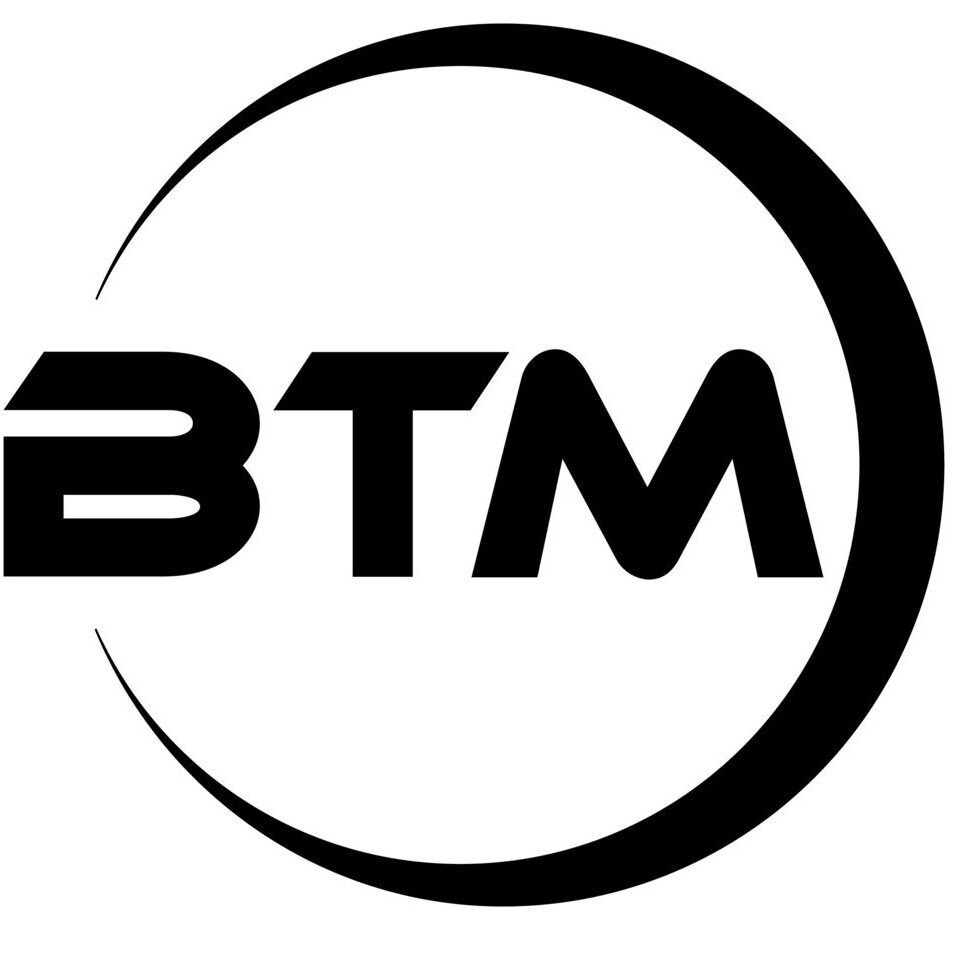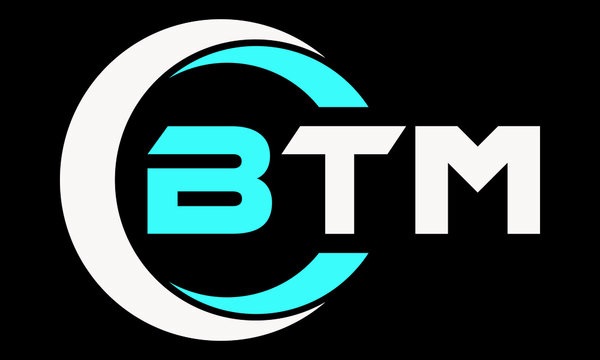The process of making and then getting new drugs and medicines approved is pretty essential to ensure these are perfectly suitable for patients to use.
However, the development process isn’t simple and the path from finding to market launch is long and complicated, but it is an important part of making sure that the medicines we use are safe and effective.
We’ll guide you on how each step of drug development is processed in this easy-to-read guide.
The Stages of New Drug Development: An Overview
The section here will focus on all the stages that are required for new drug development. Make sure to read on till the end of this section.
Stage-1: Discover and Look for Possible Answers
Well, the first step of the drug development journey is to conduct research and development in a lab. Target molecules, like proteins or genes, that may be causing or making a certain condition far worse.
After that, they use computer tests to look at hundreds or even thousands of chemical or biological substances to see if they can connect with the target molecules.
Stage-2: Ensuring Safety in Preclinical Research
There’s a preclinical study stage that comes after the discovery phase. Here, scientists and experts try the lead compounds in the lab and on models to get a better understanding of the drugs.
This is because before testing on patients, the goal is to ensure the lead chemicals are safe enough and work well on patients. And generally, it takes somewhere between 4 to even 7 years to get to this point.
Stage-3: Testing on Patients (Clinical Development)
Now, manufactures can ask for permission to do different clinical studies on people if the preclinical tests are safe and good to go. However, this entire process needs to be approved by the government and looked over by ethics panels.
Plus, there are certain phases that also needs to be checked during this stage.
(I) Safety: 20 to around 80 healthy people will take part in the first clinical study, called Phase I. This is phase is conducted to test the drug. This step is mainly for safety, making sure the drug won’t hamper anyone. It usually takes around a year to finish this testing process.
(II) Proof-of-Concept: If the Phase I goes well, the tests can move on to the second phase. In this step, the drug is tried on between 100 and 300 people who have the disease being studied. Here, experts look at both how safe something is and how well it works. It could take two years to finish Phase II.
(III): Regulatory Evidence: This part starts after Parts I and II have been completed successfully.
This step is very important for getting approval from the market. It takes at least 1,000 people to get enough information to show that the drug is safe and works in the clinic.
During this time, researchers also write down and report any side effects that patients have. These are then included in the drug’s packaging information. In general, Phase III takes between one and four years.
(IV): Approval for launch
If the clinical stages show good results, an application for market approval is sent in. It’s called a Marketing Authorization Application (MAA) in the EU and a New Drug Application (NDA) or Biologics License Application (BLA) in the US.
It takes the regulatory bodies between 6 and 10 months to process the application.
As soon as the application is approved by the right people, the medicine can go on sale. The price of the medicine is first talked about between the people who made it and people who might buy it, like government agencies or insurance companies, based on the healthcare system in each country.
(IV): Monitoring After the Market
In some cases, regulatory officials may still need Phase IV studies after a drug has been approved for sale. These studies get information from real hospitals and clinics that help patients.
The goal is to make sure the medicine works better in real life and to make it safer. In phase IV studies, possible interactions with other drugs are also looked at, and more safety tests are done.
These studies are especially important for drugs meant to treat serious illnesses or for pregnant women, who might not have been able to take part in earlier clinical stages. Also, Phase IV studies might be needed for drugs that are meant to help rare diseases, since earlier studies might not have had enough patients.
Bottom Line
It is a long and difficult process to go from finding a possible answer to putting a new medicine on the market. It makes sure that drugs are safe, work well, and help patients.
Moreover, through these drug development stages, you can ensure the proper health of the patients and users.





